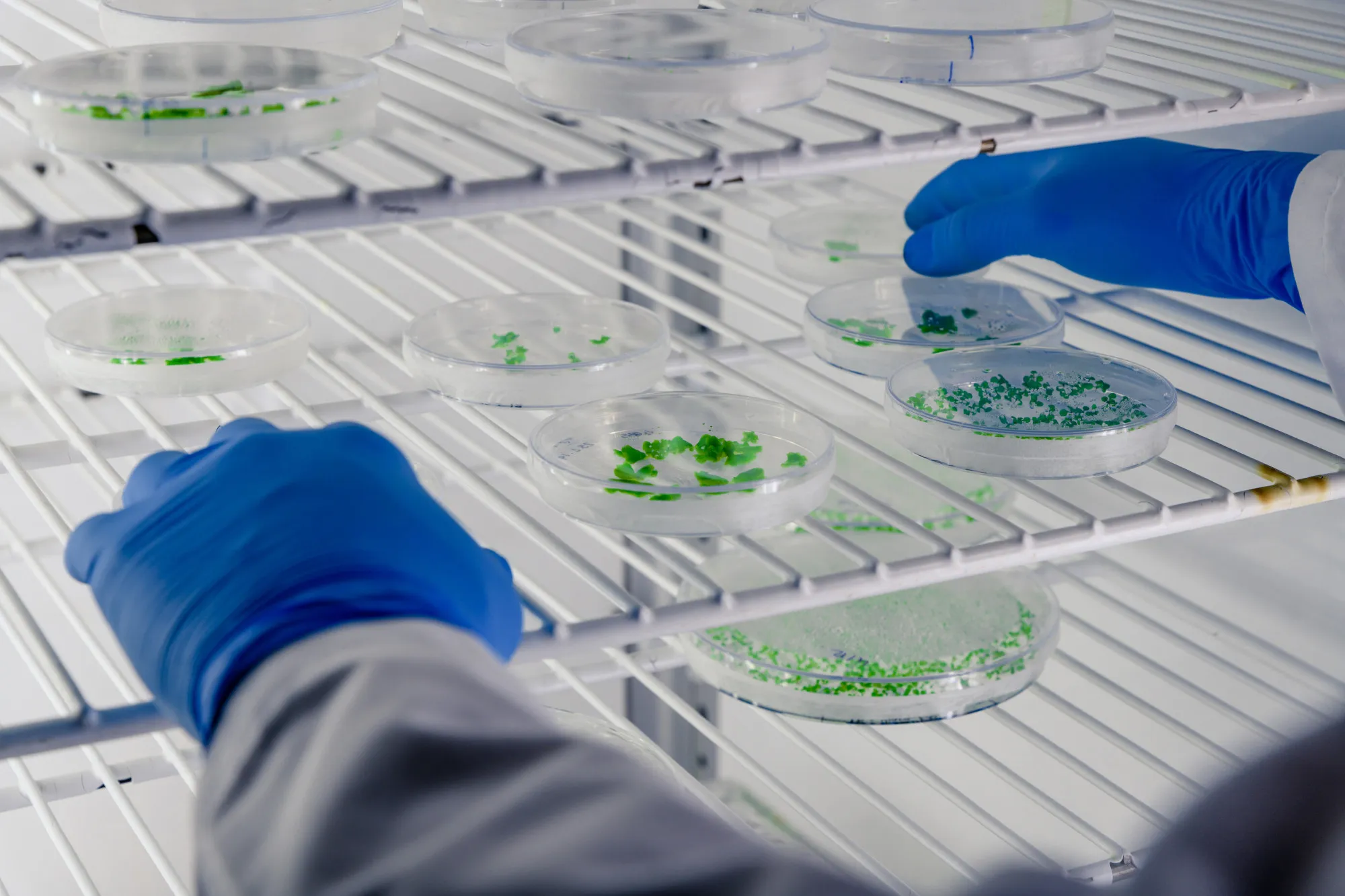In the world of pharmaceutical manufacturing, the crystallization process is crucial for obtaining pure substances, and it forms the cornerstone for producing medication with consistent quality, efficacy, and safety. However, this critical operation often encounters numerous challenges, particularly when dealing with zwitterionic compounds such as 3-alkenyl cephem – an essential pharmaceutical intermediate in antibiotic production. A recent study published in the Chemical & Pharmaceutical Bulletin, titled “Study on Control of pH-Modulation Crystallization Utilizing Concept of Dissociation Equilibrium” (DOI: 10.1248/cpb.c18-01004), offers new insights into the complexities of pH-modulation crystallization and outlines a strategy to enhance the process for such challenging compounds.
The study, conducted by researchers Sato Eriko, Kudo Shoji, and Takiyama Hiroshi, focuses on the crystallization process by employing pH adjustment as a type of reaction crystallization, a method that has seen widespread use in pharmaceutical development. This article delves deeply into the innovative approaches and methodologies presented in the study for optimizing the pH-modulation crystallization process.
Understanding pH-Modulation Crystallization
Crystallization by pH adjustment successfully separates solids from liquids in various applications within the pharmaceutical domain. Yet, for zwitterionic compounds like 3-alkenyl cephem, which have both amino and carboxylic acid groups, the process becomes increasingly complex. These structures result in three distinct pH regions associated with their solution, complicating the isolation process through pH-modulation techniques. Conventionally, crystallization involves moving away from the solubility curve. While effective, this approach can result in uncontrolled nucleation, presenting challenges in particle filtration due to unpredictable flocculation behaviors.
Methodological Advancements
The study’s authors have taken significant strides in understanding and controlling crystallization processes for such nuanced cases. They examined the metastable zone width, primary particle formation, and the dissociation equilibrium of 3-alkenyl cephem compounds. By employing a comprehensive analytical methodology, they dissected the crystallization phenomena at a molecular level.
The authors found that maintaining the crystallization process within a specific pH range can significantly influence the size and quality of the resulting crystals. Harnessing the concept of dissociation equilibrium, they showed how tweaking pH levels subtly during the crystallization process could yield a more controlled nucleation and growth rate, leading to more uniform and desirable crystal characteristics.
Implications for Pharmaceutical Manufacturing
By applying these enhanced pH-modulation crystallization methods, pharmaceutical manufacturers can benefit from increased control over crystallization outcomes. This advancement promises to yield purer chemical compounds, reduce waste during manufacturing, and lower the risk of batch failures due to poor crystallization practices.
The authors emphasize that the nuances of crystallization are critical in the development and production of antibiotics, where compounds such as cefditoren pivoxil (referred to in their study) are utilized. Optimal crystallization leads to enhanced purity and bioavailability, which are essential for the efficacy and safety of the resulting medication.
References
1. Sato E., Kudo S., & Takiyama H. (2019). Study on Control of pH-Modulation Crystallization Utilizing Concept of Dissociation Equilibrium. Chemical & Pharmaceutical Bulletin, 67(5), 461-466. DOI: 10.1248/cpb.c18-01004.
2. Myerson, A. S. (2002). Handbook of Industrial Crystallization. Butterworth-Heinemann.
3. Müller, F. L., & Mazzotti, M. (2009). Modelling and experimental analysis of PSD measurements through FBRM. Chemical Engineering Science, 64(4), 875-884.
4. Beckmann, W. (2005). Crystallization: Basic Concepts and Industrial Applications. Wiley-VCH.
5. Randolph, A. D., & Larson, M. A. (1988). Theory of Particulate Processes: Analysis and Techniques of Continuous Crystallization. Academic Press.
keywords
1. pH-modulation crystallization
2. Pharmaceutical crystallization
3. Controlled nucleation
4. Zwitterionic compound crystallization
5. Antibiotic production optimization
Conclusion
In conclusion, the study from Sato Eriko and colleagues offers a path towards resolving the complexities associated with crystallization by pH adjustment, particularly for zwitterionic compounds crucial in antibiotic production. Their work charts new territory into the selective conditions needed for controlled nucleation and crystal growth, offering significant benefits for pharmaceutical manufacturers in terms of consistency, waste reduction, and product efficacy.
Their insights and findings are indispensable for those involved in the field of chemical engineering and pharmaceutical science, acting as a beacon for future research and development in this domain. As the pharmaceutical industry continues to strive for greater precision and efficiency, the work of these researchers provides an essential stepping stone towards achieving those objectives.
This comprehensive exploration of the study “Control of pH-Modulation Crystallization Utilizing Concept of Dissociation Equilibrium” outlines an advanced understanding of crystallization processes. It offers a rich source of knowledge towards optimizing zwitterionic compound crystallization—informative and critical for the continuous improvement of pharmaceutical manufacturing operations.
